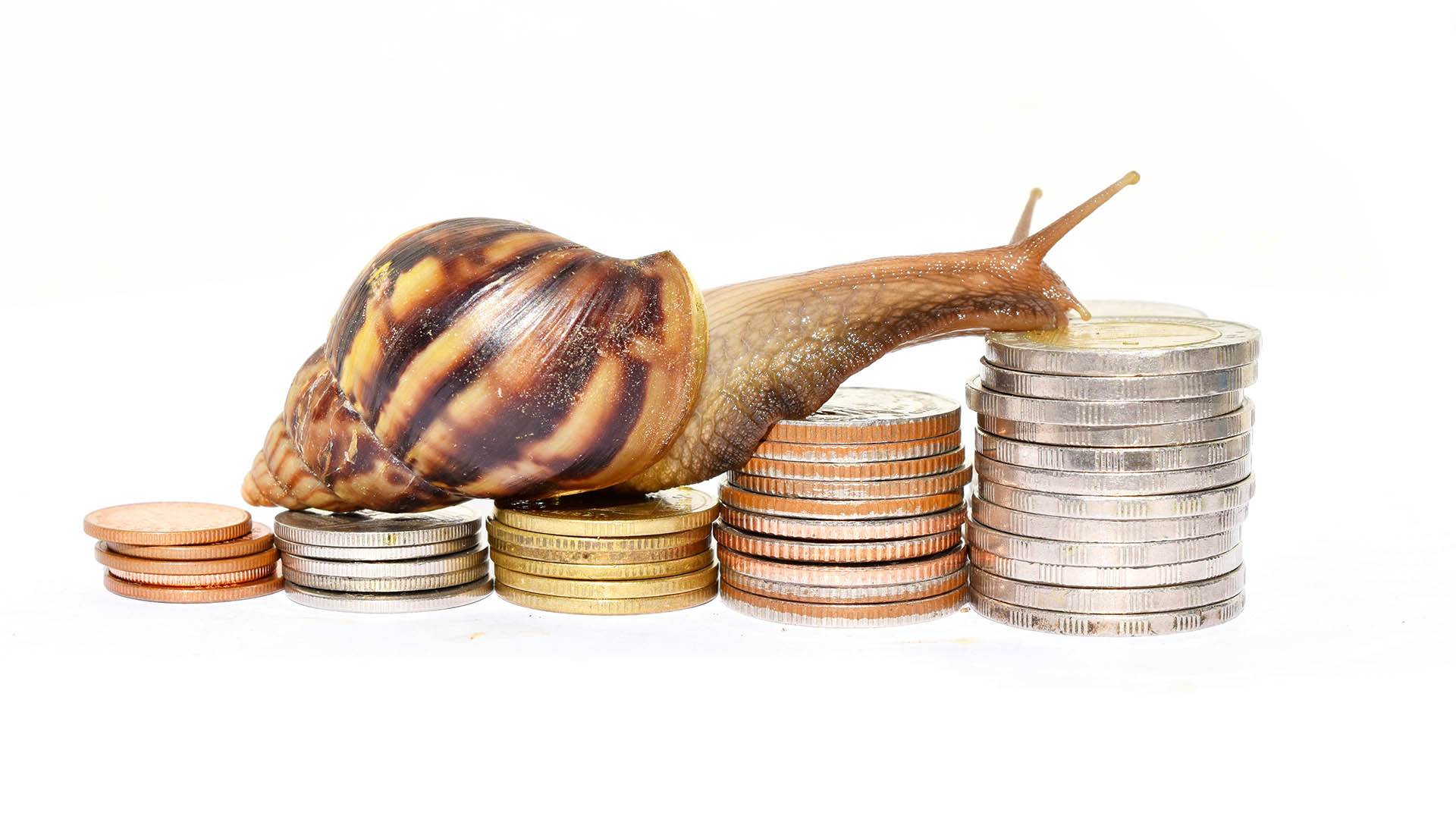The most worrying part of the 2015-16 financial report from Fairfax Media (FXJ) yesterday wasn’t the big loss because of last week’s impairments announcement, or the enthusiasm for Domain as the company’s saviour – it was the collapse in earnings at the Metro Media business, which operates the key papers, The Sydney Morning Herald, The Melbourne Age and the Australian Financial Review.
The collapse in earnings brings closer the closure of editions of the Financial Review, the Melbourne Age and the Sydney Morning Herald. Fairfax has already alluded to such a move which would see the weekend edition of the AFR closed, and the Monday to Friday editions of the Age and the SMH.
The company believes that with 65% of ad revenues generated by the weekend editions of the Age and SMH and the weekday ad revenues from the AFR, its a no brainer to concentrate on that part of the week so far as the metro print business is concerned.
CEO Greg Hywood had little to say on the timing of the radical changes to the publishing frequency of both papers except to say work was continuing on the model. But yesterday’s report and accounts underline the increasing likelihood of the decision.
On a 5% fall in Metro Media revenues, EBITDA (earnings before interest, tax, depreciation and amortisation) sank 45% to just $39 million in the year to June (from a very weak $70.8 million in 2014-15).
That $45 million figure was, for the second year in a row, lower than Domain’s EBITDA ($120 million), the Community newspapers ($90.4million) and NZ ($A55.2 million).
The size of the fall and the smallness of the figure (on revenues of $574 million) means Fairfax’s board and management has to do something to prevent total collapse into huge losses.
And those pressures are continuing and have intensified in the early weeks of the current financial year.
“Trading in the first five weeks of Fiscal 17 saw revenues 8% to 9% below last year and. Publishing trends were consistent with FY16 H2."
That’s a worse start to a half than at the start of the second half in February when revenues were said to be down 1% to 2%, or a year ago when Fairfax said that revenues at the start of the 2015-16 year were up 2% to 3%.
The bulk of the outlook commentary was taken up in how Domain was trading and its prospects (print only had that one line). The worry for Domain were the “unusually weak” new listing for Sydney and Melbourne for July.
As expected the near $1 billion in write-downs in the Australian metro and community newspaper operations, and a smaller one in the value of its NZ print business, saw Fairfax Media swing to a full-year net loss of $893.5 million, from a $83.2 million profit the year before (which was impacted by one off items of just over $101 million).
Total revenue also fell slightly in the 12 months to June 26, to $1.83 billion, from $1.87 billion the previous year.
Excluding the impact of the impairments, Fairfax reported earnings before interest, tax, depreciation and amortisation of just over $283.3 million, down 1.4% from 2014-15’s $289.3 million.
A steady final dividend of 2 cents a share will be paid, making an unchanged 4 cents a share for the year.
Debt fell to $179 million at the end of the year.
The results commentary yesterday though was all about Domain: “EBITDA of $283 million was driven by Domain’s outstanding 40% increase in EBITDA, offset by persistent print advertising weakness and longer term investment in new growth businesses,” And "For the full year, Domain delivered 33% growth in revenue and 40% increase in EBITDA, underpinned by the outstanding 50% growth in digital EBITDA,” Mr Hywood said.
And there was more “Domain delivered strong double digit growth in the second half despite the dampening effect on June of the longest Federal election in modern history. Domain continued to deliver gains in market share.” You get the idea, Domain is the saviour.
“In our Australian Metro Media segment – which includes The Sydney Morning Herald, The Age, The Australian Financial Review, Digital Ventures and Life & Events businesses – revenue declined 5%,” Mr Hywood said.
“Metro experienced a 5% decline in revenue and 45% decline in EBITDA, reflecting ongoing structural shifts in advertising spend and investment in growth areas, Digital Ventures and Events.”
Mr Hywood said: “Metro publishing’s advertising revenue declined 15%, impacted by weakness in retail, communications and finance categories. This was somewhat offset by strong advertising revenue growth of 36% from Digital Ventures.
"Overall circulation revenue was modestly lower, benefiting from strong growth in paid digital subscriptions of 17% to $38 million. Declines in print circulation volumes were offset by improvements in print yield including from the contribution of bundled digital subscriptions.”
“In our Australian Community Media (ACM) business, the $60 million annualised cost reduction was achieved during the year, resulting in a 12% cost improvement and EBITDA growth in the second half.
For the full-year, EBITDA declined 10% to around $90 million. ACM’s total revenue declined 11%, held back by a 12% decline in advertising revenue, which continued to be affected by weakness in supermarket-related spend.
There was some offset from print real estate. Excluding transformation impact of closing unprofitable publications, underlying advertising revenues were down 9%. Circulation revenues declined, reflecting lower retail volumes.”
And Hywood hinted at more bad news for ACM papers and employers in rural and regional Australia.
It sounds like more cost cuts are on the way, less than a year of some savage hacking “Difficult conditions continue in regional and agricultural markets. We are undertaking a review of ACM to develop initiatives and identify opportunities,” Hywood said ominously in this morning’s release.
Fairfax shares fell 4.5% to 95 cents.













